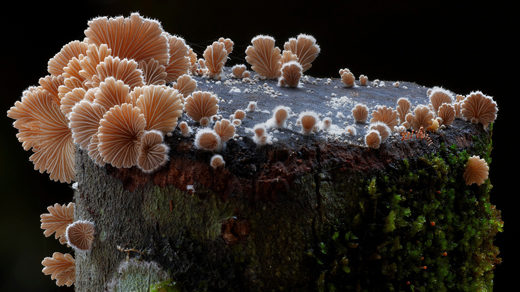Unveiling the Intricate Dynamics that Drive Reproduction and Survival
A Glimpse into the Complexities of Yeast Relationships
Intriguing research has shed light on nature’s intriguing preference for couples, even within the seemingly simple world of yeast. While traditionally viewed as single-celled organisms, recent studies have revealed a complex web of interactions between yeast cells that favor coupling over solitary existence. This revelation challenges our understanding of reproduction and survival strategies in even the most basic life forms.
The Advantages and Challenges Faced by Coupled Yeast Cells
Contrary to popular belief, being part of a couple offers numerous advantages for yeast cells. By forming pairs or clusters, these microorganisms can share resources more efficiently, enhancing their chances of survival in nutrient-limited environments. Additionally, coupled yeast cells exhibit increased resistance to environmental stressors and are better equipped to withstand fluctuations in temperature or pH levels.
However, this preference for coupling also presents its own set of challenges. The intricate dance between two yeast cells requires precise coordination and communication mechanisms to ensure successful mating. Failure to synchronize these processes can result in reproductive inefficiency or even cell death.
The Evolutionary Implications: From Yeast to Higher Life Forms
This fascinating phenomenon raises questions about how such preferences may have evolved across different species. Understanding why nature favors couples among yeasts could provide valuable insights into similar behaviors observed in higher life forms.
One possible explanation lies in the benefits derived from genetic diversity through sexual reproduction – an advantage that is amplified when individuals form pairs rather than reproduce independently. By exchanging genetic material with another individual during mating, coupled organisms increase their offspring’s adaptability to changing environments, ultimately enhancing their chances of survival.
Moreover, the preference for couples in yeast may serve as a stepping stone towards more complex social behaviors observed in higher organisms. The ability to form and maintain relationships could have paved the way for the development of intricate social structures and cooperative strategies that are crucial for species’ long-term success.
In Conclusion: Unraveling Nature’s Intricate Preferences
The discovery of nature’s preference for couples, even within the world of yeast, challenges our preconceived notions about reproduction and survival strategies. By forming pairs or clusters, these seemingly simple organisms unlock a myriad of advantages while also facing unique challenges. This phenomenon not only sheds light on the evolutionary implications across different species but also highlights how basic life forms can pave the way for complex social behaviors observed in higher organisms. As we continue to unravel nature’s intricate preferences, we gain a deeper understanding of life’s remarkable diversity and interconnectedness.
